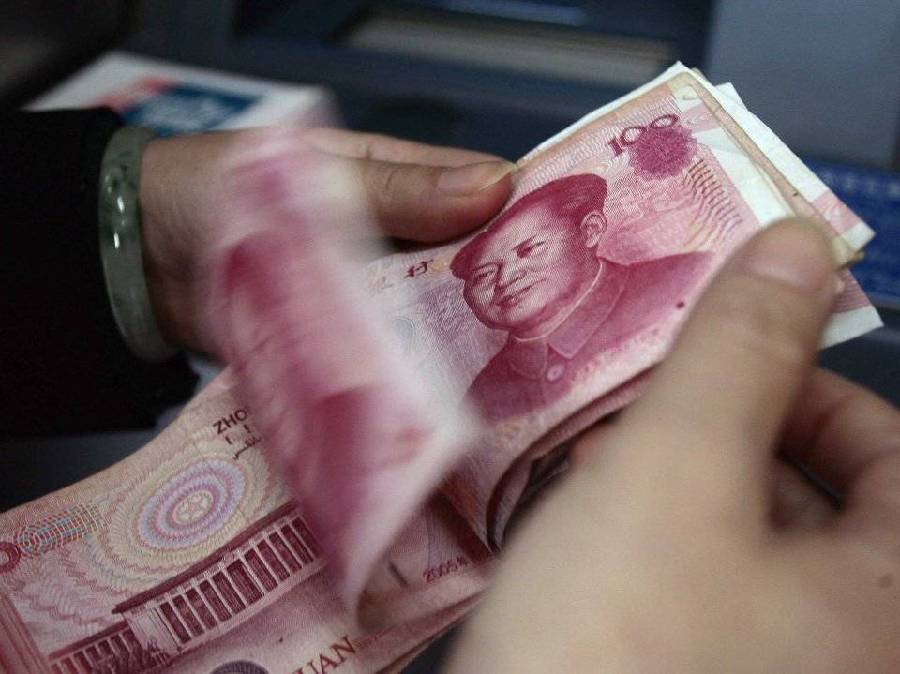Ten predictions for China's economy in 2015
Updated: 2014-11-05 14:34
(china.org.cn)
 |
|
A bank clerk counts money. [File photo] |
8. Monetary policy will continue to focus on targeted easing , and there may be targeted RRR cuts.
The monetary policy will stick to targeted easing in 2015. If the pressure of U.S. dollar liquidity backflow mounts up, there will be possibilities of targeted RRR cuts. But as the cuts are mainly aimed at hedging in the gap when funds outstanding for foreign exchange shrink, it is not total volume easing. Monetary policy in 2015 is expected to keep the aggregate at a stable level and optimize the structure of the economy. An overall rate cut is unlikely.
First, if the U.S. dollar is going strong, the need to continue keeping the required reserve ratio high is not enough. As the U.S. Federal Reserve will raise interest rates, a strong U.S. dollar will be established. A strong dollar will weaken the willingness of private sector to carry out foreign exchange settlements. In the past, the high required reserve ratio was to counteract the excess liquidity of funds outstanding for foreign exchange. But when the funds stop being the main channel for putting China's monetary base into circulation, it makes no sense to maintain a high level for the required reserve ratio.
Second, targeted easing is still needed. The pressure of an economic downturn is still there and the financial income will grow weakly. At the same time, the real estate market is on a downturn and income from land will not be sufficient. Targeted easing will take advantage of the central government's low leverage ratio, so that land financing can grow steadily through policy banks.
Finally, if the Federal Reserve raises interest rates, China's central bank will not have room for a rate cut. As the U.S. dollar is very likely to be strong, the Fed's rate raise will not give China much leeway to cut its rates as China will fear capital outflows.